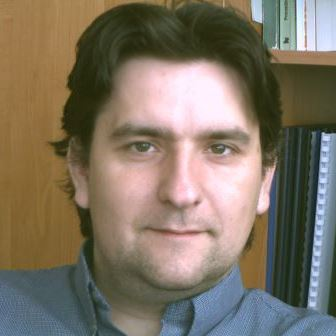Modification of Materials with Ion/Plasma Beams
A special issue of Materials (ISSN 1996-1944). This special issue belongs to the section "Manufacturing Processes and Systems".
Deadline for manuscript submissions: closed (31 January 2022) | Viewed by 7652
Special Issue Editors
Interests: material engineering; surface modification; ion implantation; high-intensity plasma beams; electron beams
Special Issue Information
Dear Colleagues,
The use of continuous or pulsed beams of ions or plasmas has become general practice in many different areas of industry. They are used, for example, in the modification of material properties by the annealing of crystal lattice defects, quenching, remelting, the synthesis of new phases or new materials, the synthesis of non-equilibrium structures, the formation of surface morphology, and the improvement of materials’ features. They are also used to improve the properties of ready-made tools.
New applications of these non-stoichiometric methods which have been known for decades are still being discovered in the mechanical, electronics, and medical industries, etc.
This Special Issue will present current investigations and applications of ion and/or plasma beams in the material engineering field. It will provide an opportunity to present new, often unconventional, applications of these methods in the different fields of our life.
Long review papers containing new findings and perspectives are also welcomed for this Special Issue, in addition to classic scientific articles.
I cordially invite you to present your experience and investigation results on the modification of materials with ions or plasma.
Dr. Marek Barlak
Dr. Jacek Wilkowski
Guest Editors
Manuscript Submission Information
Manuscripts should be submitted online at www.mdpi.com by registering and logging in to this website. Once you are registered, click here to go to the submission form. Manuscripts can be submitted until the deadline. All submissions that pass pre-check are peer-reviewed. Accepted papers will be published continuously in the journal (as soon as accepted) and will be listed together on the special issue website. Research articles, review articles as well as short communications are invited. For planned papers, a title and short abstract (about 100 words) can be sent to the Editorial Office for announcement on this website.
Submitted manuscripts should not have been published previously, nor be under consideration for publication elsewhere (except conference proceedings papers). All manuscripts are thoroughly refereed through a single-blind peer-review process. A guide for authors and other relevant information for submission of manuscripts is available on the Instructions for Authors page. Materials is an international peer-reviewed open access semimonthly journal published by MDPI.
Please visit the Instructions for Authors page before submitting a manuscript. The Article Processing Charge (APC) for publication in this open access journal is 2600 CHF (Swiss Francs). Submitted papers should be well formatted and use good English. Authors may use MDPI's English editing service prior to publication or during author revisions.
Keywords
- ion implantation
- plasma treatment
- modification of material surfaces by ion and/or plasma beams
- improving material/tool features
- synthesis of new materials
- synthesis of non-equilibrium structures
- new applications
- perspectives of the using ion and/or plasma beams







